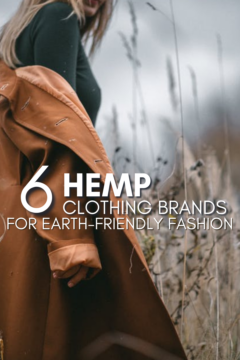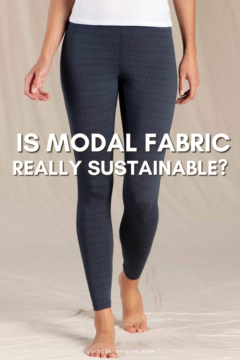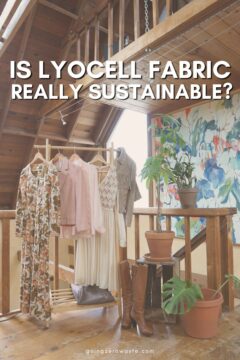Last Updated on January 20, 2022
As the fashion industry becomes increasingly interested in sustainable textiles, many eco-friendly alternatives have emerged. Designers and consumers are now more aware of the environmental impact of common fabrics like polyester. In response, they are turning to greener alternatives such as organic cotton, bamboo, and hemp fabric.
The versatility of hemp fiber makes it an ideal material for a variety of uses, from paper and canvas to clothing and ropes. These days, more and more sustainable brands are using this material to make clothes. You can find everything from T-shirts to underwear, all made from hemp fabric.
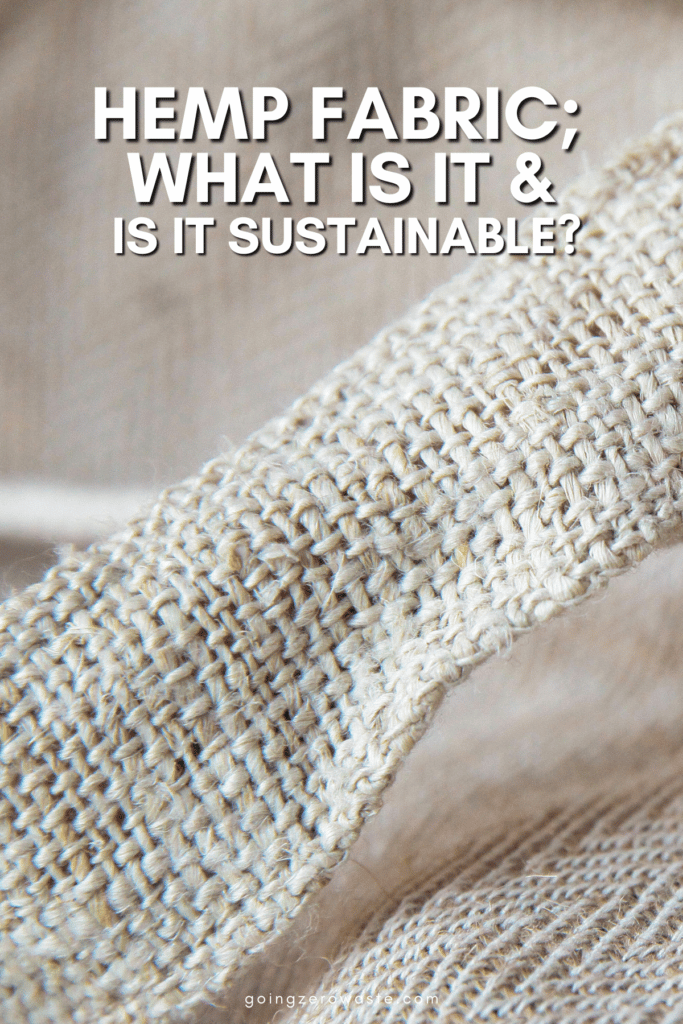
Hemp is a natural plant fiber from the stems of the Cannabis plant. In terms of sustainability, hemp is the least harmful to the environment. The hemp crop requires little water to grow and replenishes soil nutrients to help improve soil health. It is also biodegradable and is one of the stronger textile fabrics. What’s more, hemp fabric offers insulating, anti-radiation, and anti-bacterial properties.
If you are an avid sustainability-focused shopper like me, you’ll know that hemp fabric is very useful, versatile, and durable. Plenty of the existing designs out there also have a timeless look – so you don’t have to shop very often! If you want to know more about this nifty fabric, read on.
Table of Contents
what is hemp fabric?
Hemp is a bast fiber, meaning it comes from the stem of a plant like linen, jute, flax, and bamboo. It’s harvested from the Cannabis Sativa plant, the same one that produces marijuana and its derivatives. THC or tetrahydrocannabinol is the active ingredient in marijuana for recreational or medicinal use and produces the “high” effect. While hemp comes from the same plant, the processing of hemp is different and ensures the potency level of the THC remains below 0.3 percent. No matter how much the college kids may try, hemp will never get them high.
Industrial hemp has been cultivated for thousands of years. It is known throughout the world, especially during the 16th to 18th centuries when hemp and flax dominated fiber crops in Asia, Europe, and North America. However, some historians think that when the cotton gin was invented in 1793 by Eli Whitney, hemp became unable to compete economically with cotton.
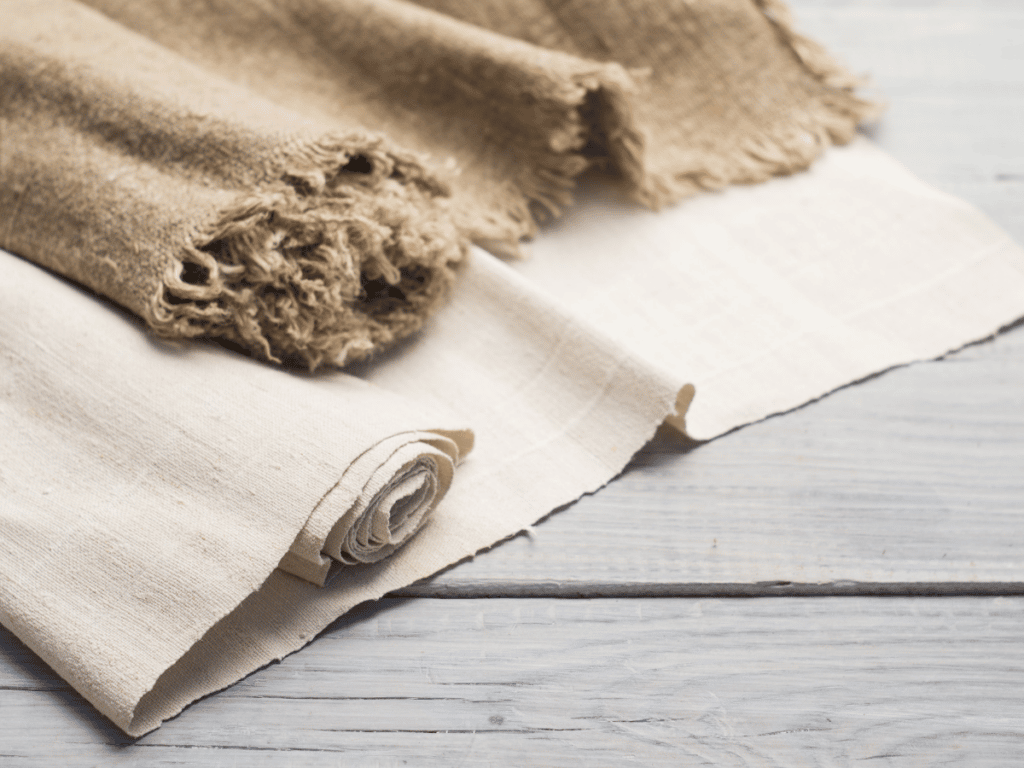
how is it produced?
The production of hemp is known to be labor intensive since it requires a great deal of manual, physical work. This sustainable fiber goes through the following processes to become the fabric you see in clothes:
1. planting
Some fields aim for higher yields, while others plant no more than 182,000 per acre for a better quality fabric. Farmers harvest the plant during the early to mid-flowering stage. They use a special machine to harvest most plants that they grow for this sustainable fabric.
2. retting
After harvesting, stems are placed on the ground for several weeks to allow for retting. This is a decay method whereby the pectin, which binds the hemp fiber, decomposes. The process separates the fiber from the bark.
3. decortication
This is the process of removing the central woody core from the stems, either when the stems are wet from retting or after being dried.
4. lignin removal
Lignin is an organic polymer that makes plants woody. It is responsible for the scratchy and rough texture of traditional hemp fiber. To make this fiber softer and more skin-friendly, the lignin is removed.
5. spinning
Hemp fibers spin and twist together to form long threads which will be woven into textiles. These threads are similar to linen in texture. They can also be blended with other natural fibers to create fabrics with the durability of hemp and the softness of cotton or bamboo.
what does hemp fabric feel like?
Hemp, when processed, feels similar to cotton (though the finish is a bit rougher, somewhat like canvas). It is also lighter and dries more quickly. This sustainable fabric is highly resistant to pilling or forming small balls of fluff on the surface. It is also highly durable, with some studies suggesting that hemp fabric is three times stronger than cotton fabric! T-shirts made of cotton typically last 10 years at the most, but those made from hemp can last up to 3 times longer.
Additionally, hemp is a lightweight fabric. It is highly breathable and allows the passage of moisture from the skin to the atmosphere, keeping you cool in tropical climates or warm weather. It’s also highly resistant to mold, mildew, and potentially harmful microbes.
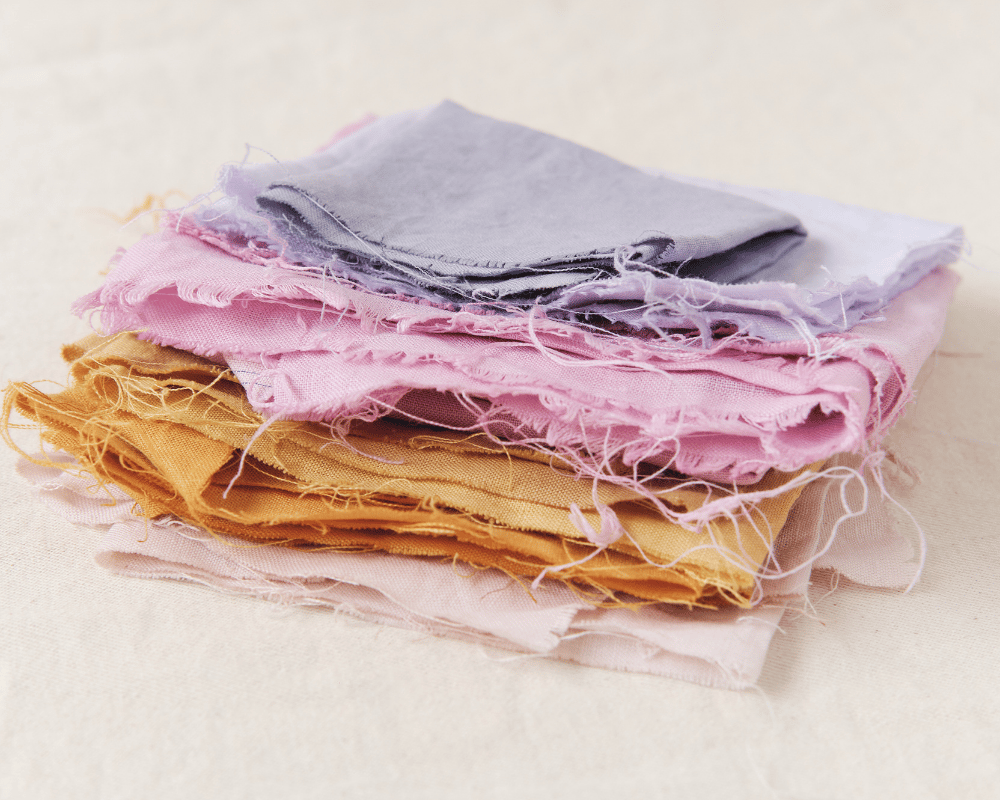
pros and cons of the fabric?
Fabric made from hemp can be considered one of the most eco-friendly fabrics available because of its eco-friendly and sustainable nature. Here are some of the advantages of hemp fabric:
- Durable: It can last a very long time without degrading. It also becomes softer with each wash without losing its durable nature.
- Biodegradable: Organic hemp fiber is completely biodegradable and can be composted.
- Blocks UV Rays: The UV blocking effect was 50% higher than that of polyester, based on fabric testing.
- Hypoallergenic: Hemp fabric is suitable for sensitive skin.
While hemp growing and cultivation has minimal environmental impacts and can even be beneficial, there are also disadvantages to using hemp fabric:
- Bleach Requirement: Pure hemp fabric has a distinctive odor and doesn’t have the same natural whiteness of cotton, which means more bleach is required to make it usable.
- Constrained Supply: There are fewer than 1 million acres of hemp under crop globally versus 33 million acres of cotton.
- Often combined with synthetic fabrics: Because hemp is generally viewed as a rough fabric, it is often combined with other fibers that lessen the product’s biodegradability.
the sustainability of hemp fabric?
- Less Water: Hemp requires little water and typically no extra irrigation is required. In fact, water usage for paddock-retted hemp can be up to 4x less than cotton.
- Zero Chemicals: This industrial plant is naturally disease resistant and can be grown without pesticides, herbicides, and fungicides.
- Zero Waste: Every single part of the plant can be used by humans, including the seeds! These are considered a ‘superfood’ as well as a derivative for hemp oil that is used as lamp light oil and biodiesel.
- Carbon Positive: Hemp can trap significantly more carbon than forests and convert that to usable biomass.
- Soil Health: Its root system reduces soil erosion and has a positive effect on soil by replenishing essential nutrients. In some areas, hemp is being grown on land to remove pollutants such as zinc and mercury.
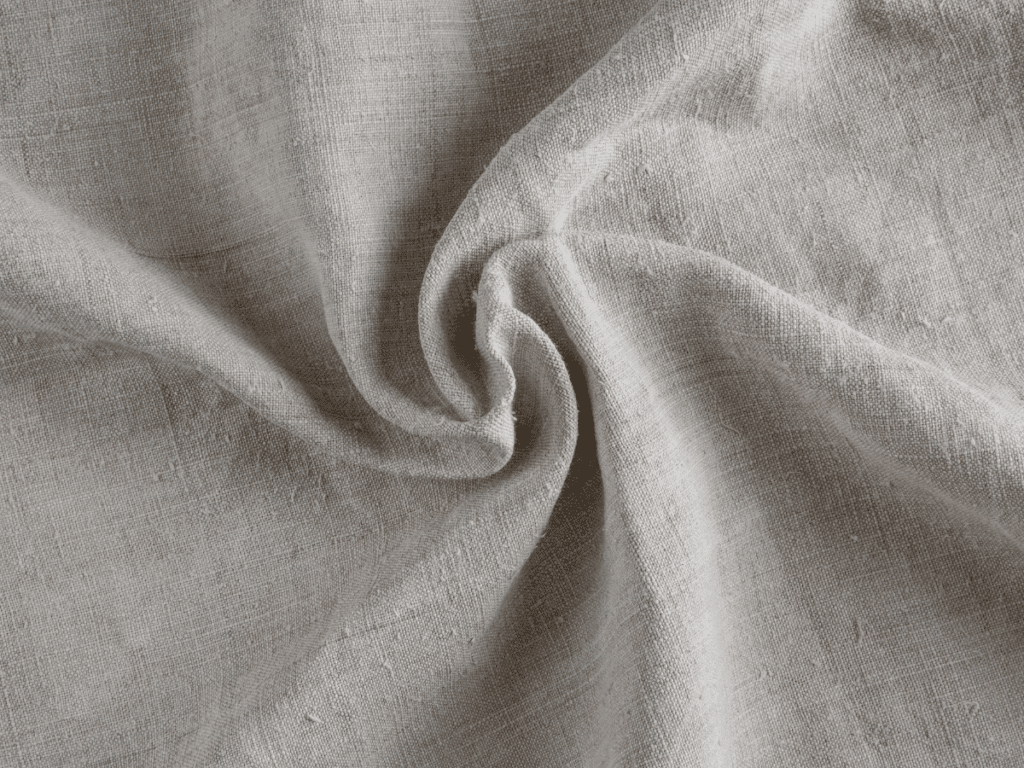
faqs
1. how to care for hemp fabric?
Generally, hemp garments can be machine-washed or dry-cleaned. Note that hemp will shrink slightly when placed in hot water. But if you wash it in cold water, it will retain its shape and original size. Hemp fabric also softens with each washing. Because it wrinkles easily, pressing is necessary. That said, hemp garments require relatively little electricity during their lifetime.
2. hemp fabric vs cotton textile?
Hemp needs less water and land (and fewer pesticides!) to grow, and it yields three times as many metric tons of fiber than cotton. Even though organic cotton is costly, hemp costs even more because of its lack of availability / constrained supply.


